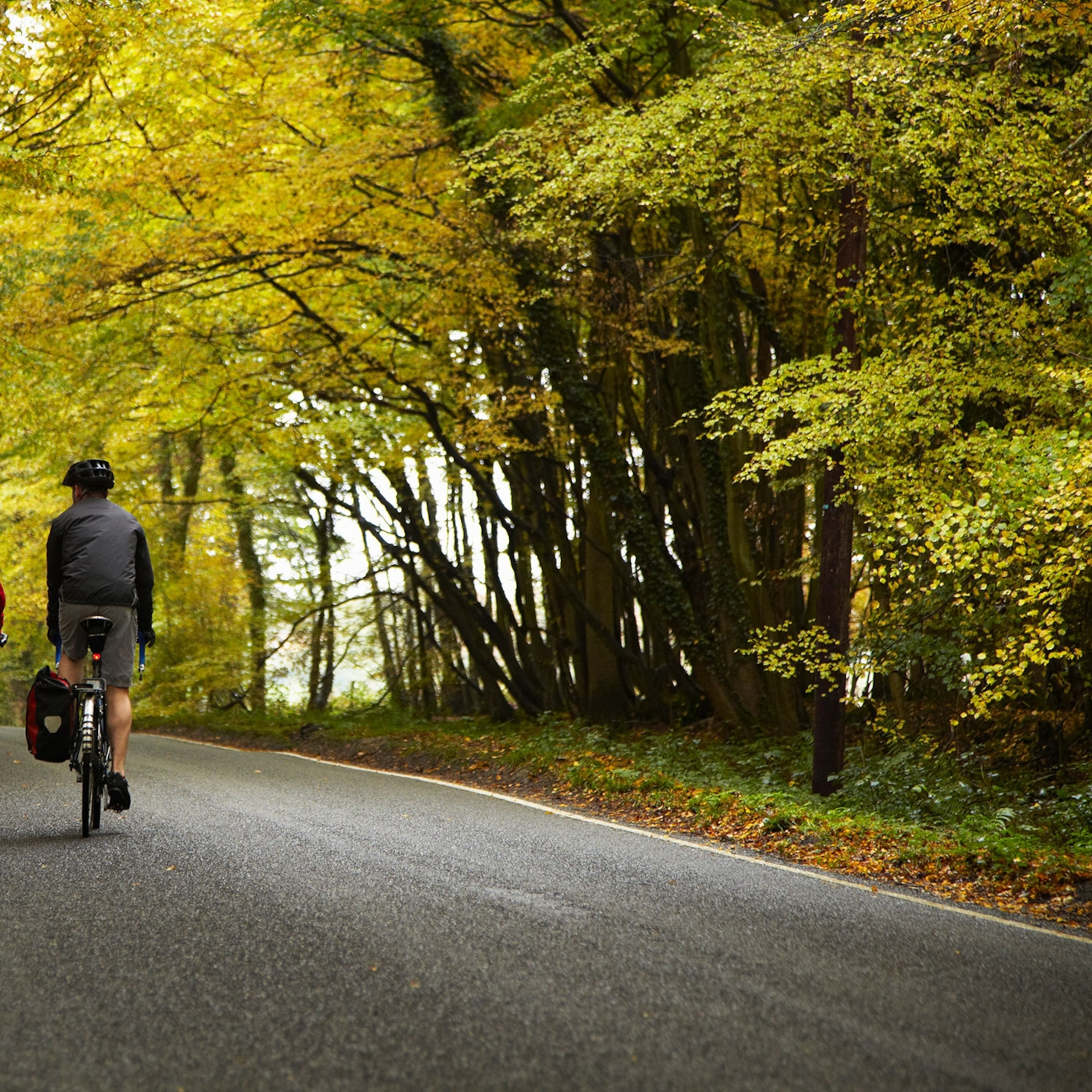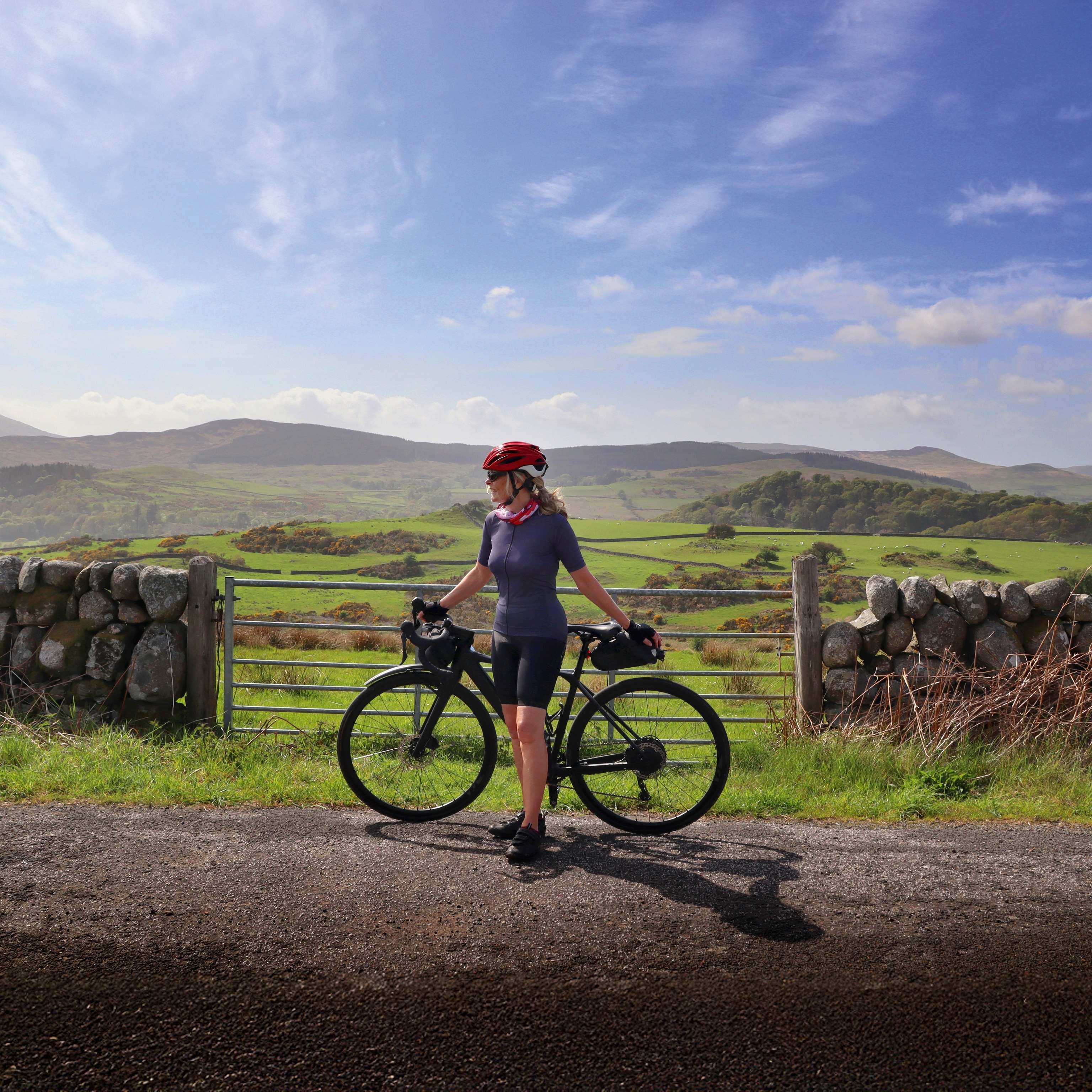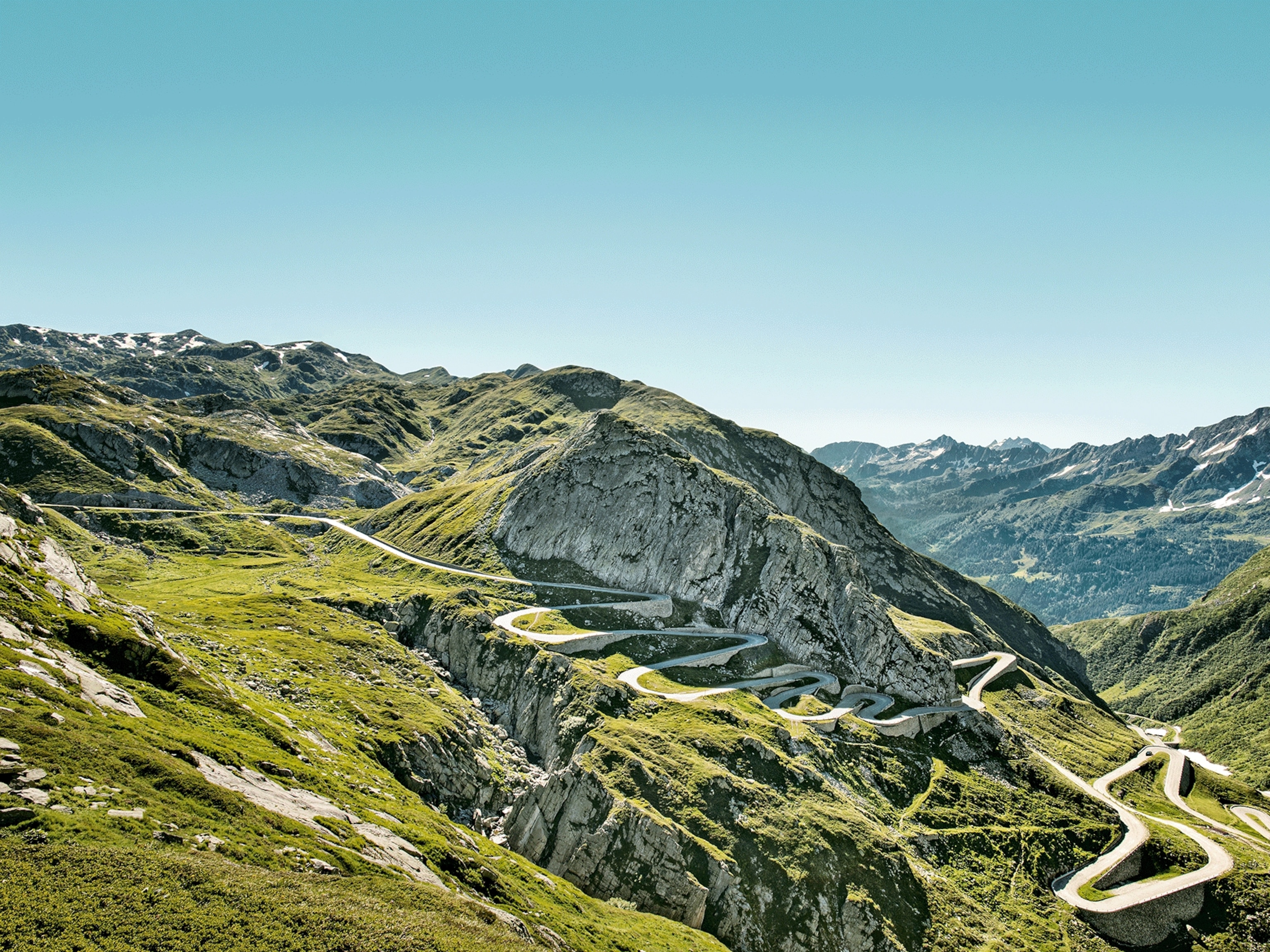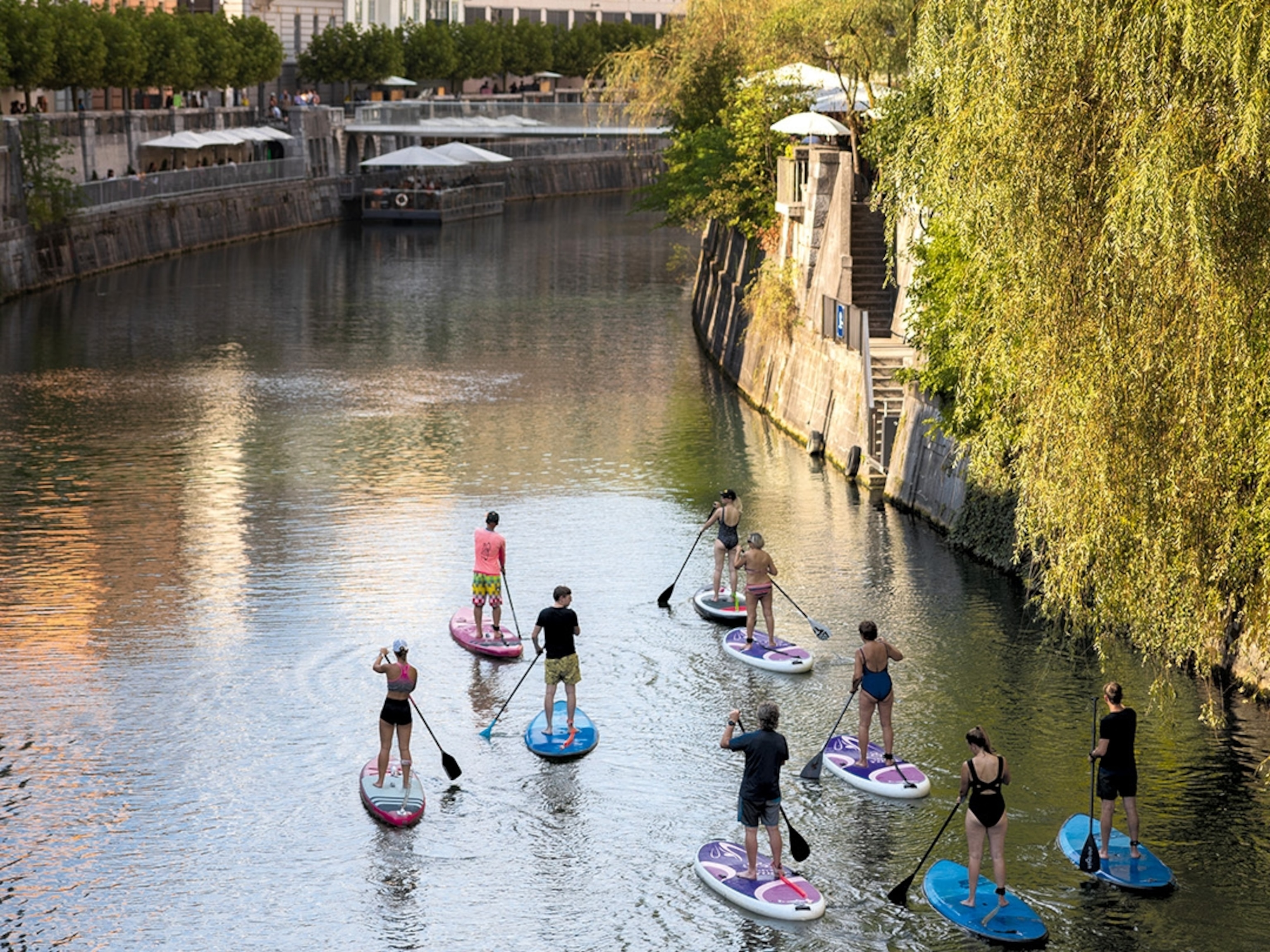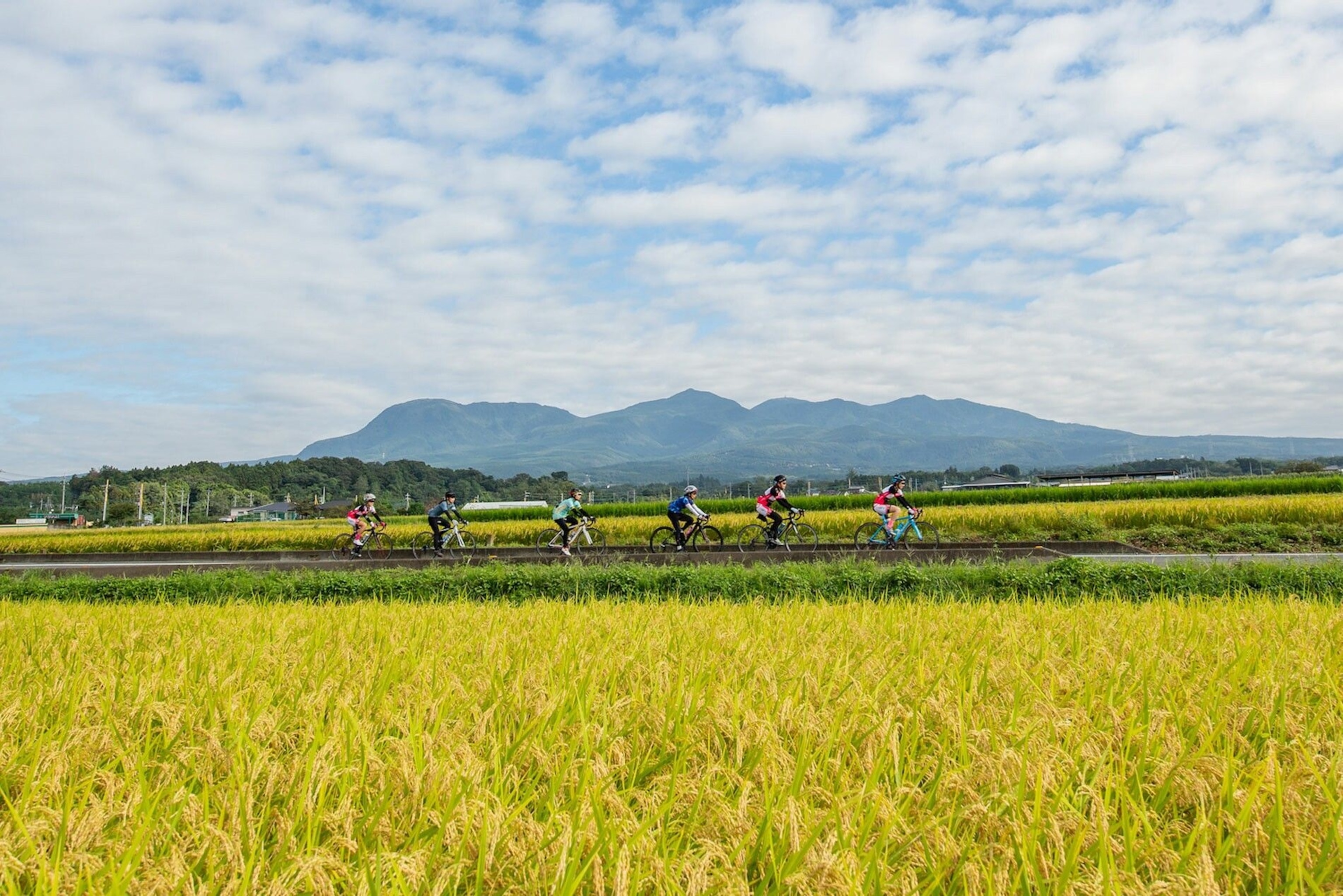
How to explore the landscapes of Japan's Mount Akagi on a cycling adventure
Situated in Japan’s landlocked prefecture of Gunma, Mount Akagi is ideal for cycling adventures. Hop on the saddle and soak up the splendour of its incredible natural scenery, weaving through rice fields, rural temples and country towns.
With its rocky ridges, river valleys and winding forest trails, Japan’s Mount Akagi is an incredible natural playground for cyclists and intrepid travellers. Located a little over two hours by train from central Tokyo, on the northern end of the Kantō Plain, this 5,997ft stratovolcano is one of the Three famous Mountains of Gunma which dominate Kanto’s skyline. Akagi Trip offers several cycling tours for varying athletic abilities. We introduce two of these tours. The first, Ride Around Mount Akagi, is a challenging, up-and-down route around the base of the mountain, while the second, the Akagi Summit Lakeshore e-bike Tour, takes a more gentle route around the volcano’s caldera lake. Here’s what to expect from each.

ROUTE ONE
The Ride Around Mount Akagi route
Best for: Countryside and cuisine
Difficulty: Intermediate to advanced
Distance: 75 miles
Elevation gained: 5,249ft
Start and end: Maebashi Station, Maebashi City
Although possible to tackle on an solo excursion, the Ride Around Mount Akagi is best experienced following the lead of a local, knowledgeable guide. This two-day, 75-mile cycling route around the base of the mountain, rewards riders with spectacular countryside scenery, plenty of pit stops to sample delicious, local delicacies and the opportunity to stay overnight at one of Gunma's famous hot spring towns, dotted along the way.
Beginning in mid-April, the colourful concourse starts at the Tunnel of 1,000 Cherry Blossoms in the southern foothills, allowing cyclists to cruise beneath a mile-long canopy of candyfloss-coloured flowers in full bloom. From here, bikers can ride to the cultural sites of Ikoji Temple and Akagi-jinja Shrine in Miyosawa, whose approach road is lined with over 4,000 wild azaleas that come to life from late April through to early May.
The ride around the Tone Numata Boukyo Line, which runs along the western foot of Mount Akagi, is another highlight. Starting in Maebashi, the route gently climbs up the banks of the Tone River and winds up and down between fields and apple orchards, overlooking the verdant, rolling valley of the Numata Basin. The skyline is dominated by a trio of imposing peaks: Mount Hotaka, Mount Komochi and Mount Tanigawa.
On route, look out for the plethora of local restaurants offering a variety Gunma’s specialities, such as sauced pork cutlet bowls and ramen noodles. Michi-no-Eki, a traditional, Japanese roadside rest stop, is particularly worth a visit. Here, cyclists can enjoy a hot spring foot bath, vegetable markets and a variety of restaurants offering dishes made from locally grown plants (including konjac, a starchy root vegetable which the Gunma Prefecture is famous for).
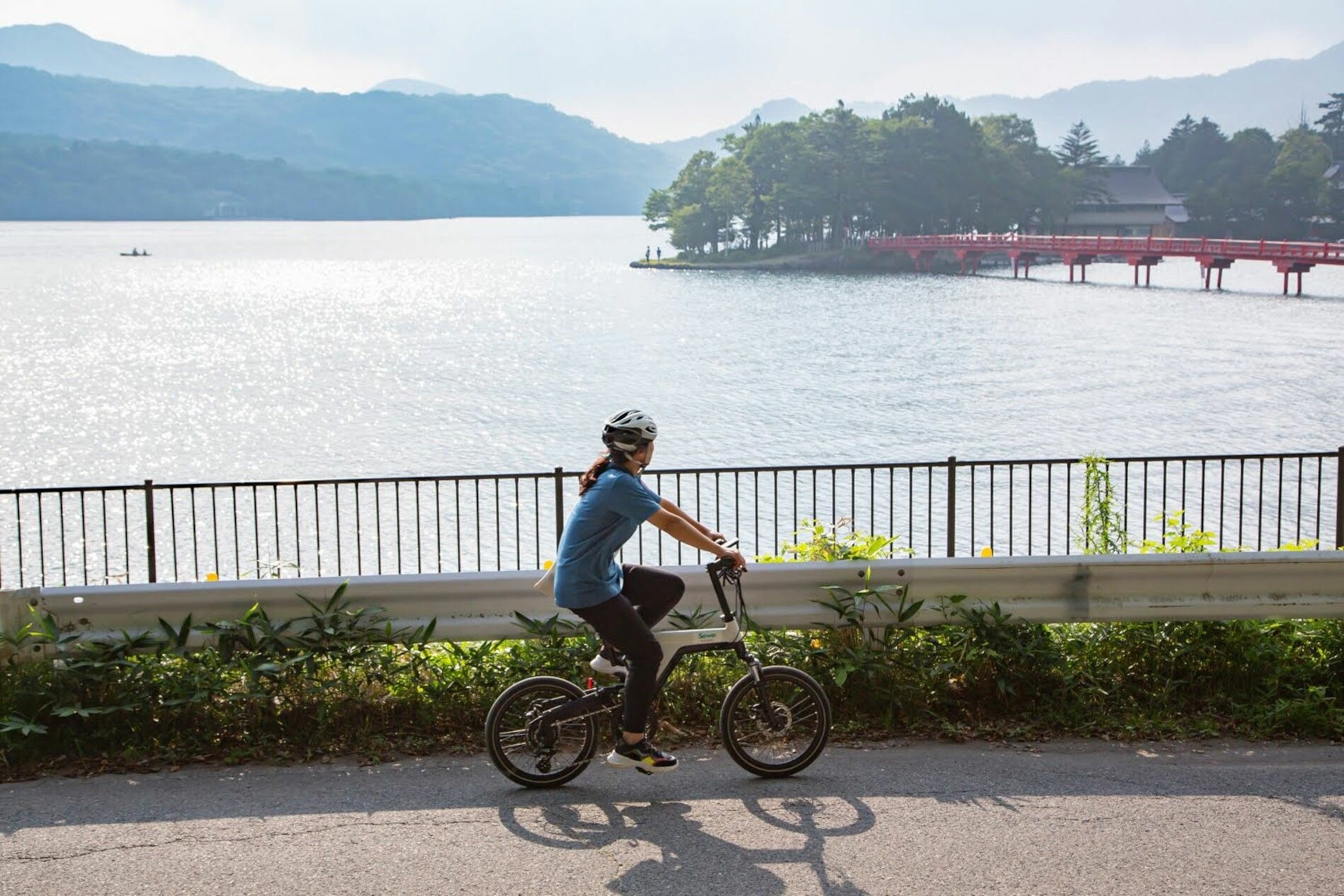
ROUTE TWO
The Akagi Summit Lakeshore e-bike Tour
Best for: Lake and mountain scenery
Difficulty: easy to moderate
Distance: 6 miles
Elevation gained: terrains are mostly flat
Start and end: Akagi Visitor Centre
For those wanting to tackle Mount Akagi’s summit at a gentle pace, the guided The Akagiyama Summit Lakeshore e-bike Tour is a relaxed, e-biking adventure around two of the volcanoes grassy, crater lakes: Onuma and Konuma. Starting and ending at the Akagi Visitor Centre, where visitors can hire electric bikes, the tour follows the lead of a local guide and offers incredible caldera views.
The first stop is at a restaurant on the shore of Lake Onuma, which, at 4412ft above sea level, reveals spellbinding mountain scenery. Here, bikers can sit down to enjoy a warm bowl of miso oden which is made by grilling konnyaku — a low-calorie yam cake made from konjac flour and water from Mount Akagi. Be sure to sample the accompanying fried wakasagi — a Japanese smelt fish, which thrives in the waters of Lake Onuma.
Cyclists are then whisked off to visit the impressive, vermillion Akagi-jinja Shinto Shrine, which sits on a half-island at Lake Onuma’s edge. Said to be one of the head shrines of more than 300 Akagi shrines in Japan, Akagi-jinja enshrines Akagi-hime (Princess Akagi), the goddess who grants wishes for women. As a result, many visit the temple every year to pray for a good marriage, a harmonious life with a loving partner and an easy labour.
The highlight of the tour, however, are the dramatic, panoramic views from Torii Pass, with Kakamabuchi marsh and Lake Onuma on one side and the Kanto Plain on the other. This is a region that morphs with the seasons; in autumn, the foliage blazes with reds and oranges, while the arrival of early summer sees wild azaleas burst into life and the mountains surrounding Onuma turn a vivid green. As winter approaches and the temperature dips (it’s usually 10-15C lower up here than at ground level), the water freezes and travellers can bore holes through the ice to fish for wakasagi, with locals always happy to help out beginners.
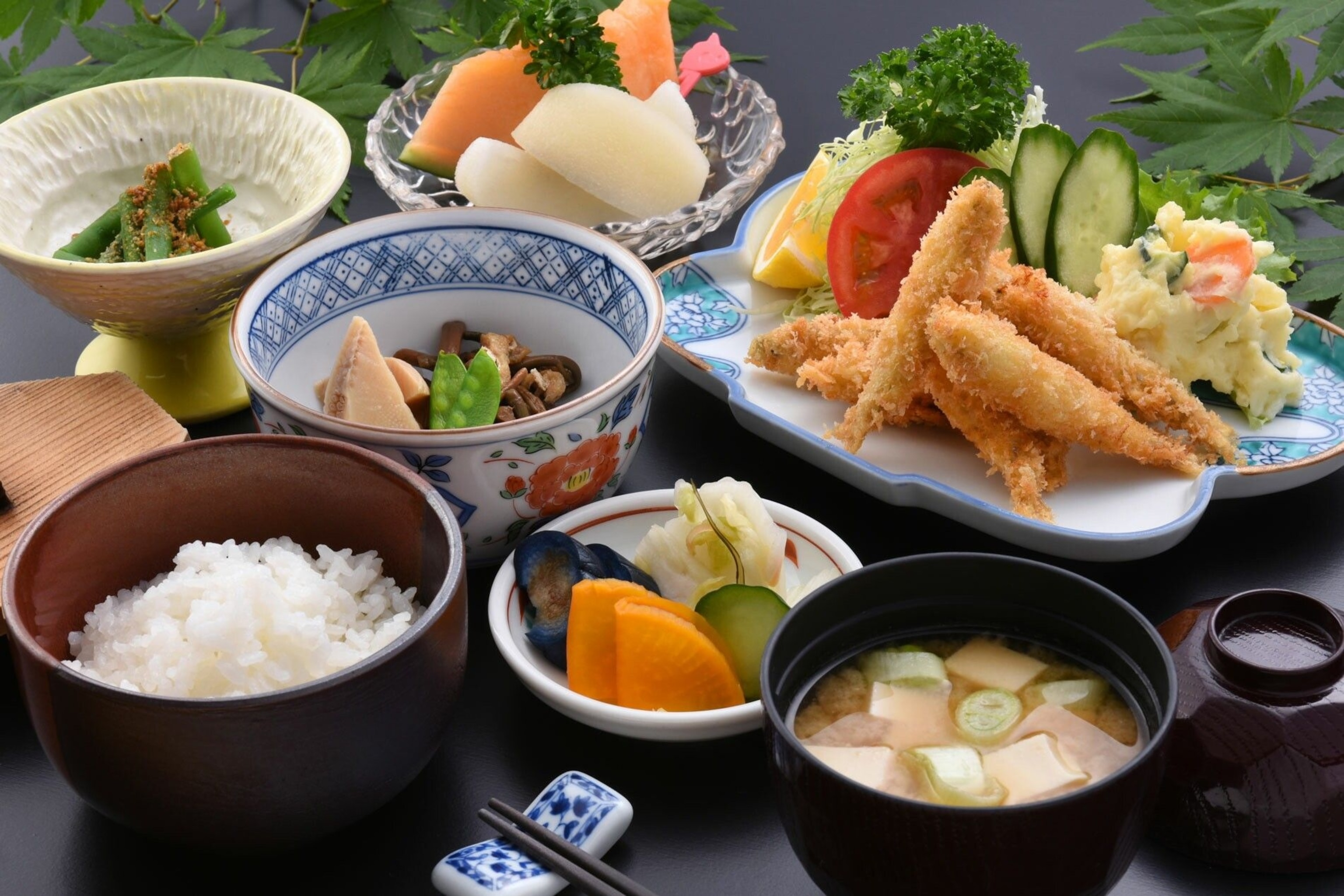
Plan your trip
Flights from London to Tokyo with Japan Airlines start at £596 return. From there, hop on the Hokuriku shinkansen or Joetsu shinkansen to Takasaki (50 minutes), then take the JR Ryomo line to Maebashi Station. From Maebashi Station, local buses (direct buses available on weekends) go to the summit area (60 minutes).
For more information on the range of biking excursions and seasonal activities on offer in Mount Akagi, visit akagi-trip.com
Find National Geographic Traveller (UK) on social media
